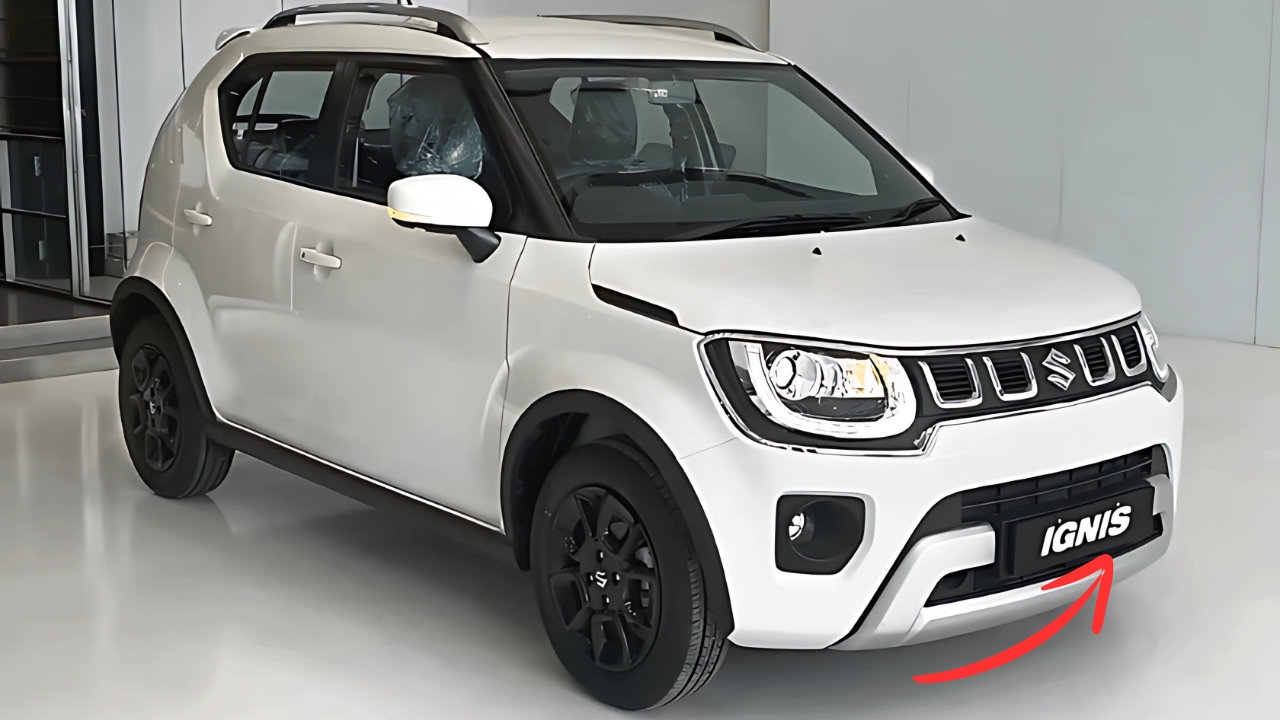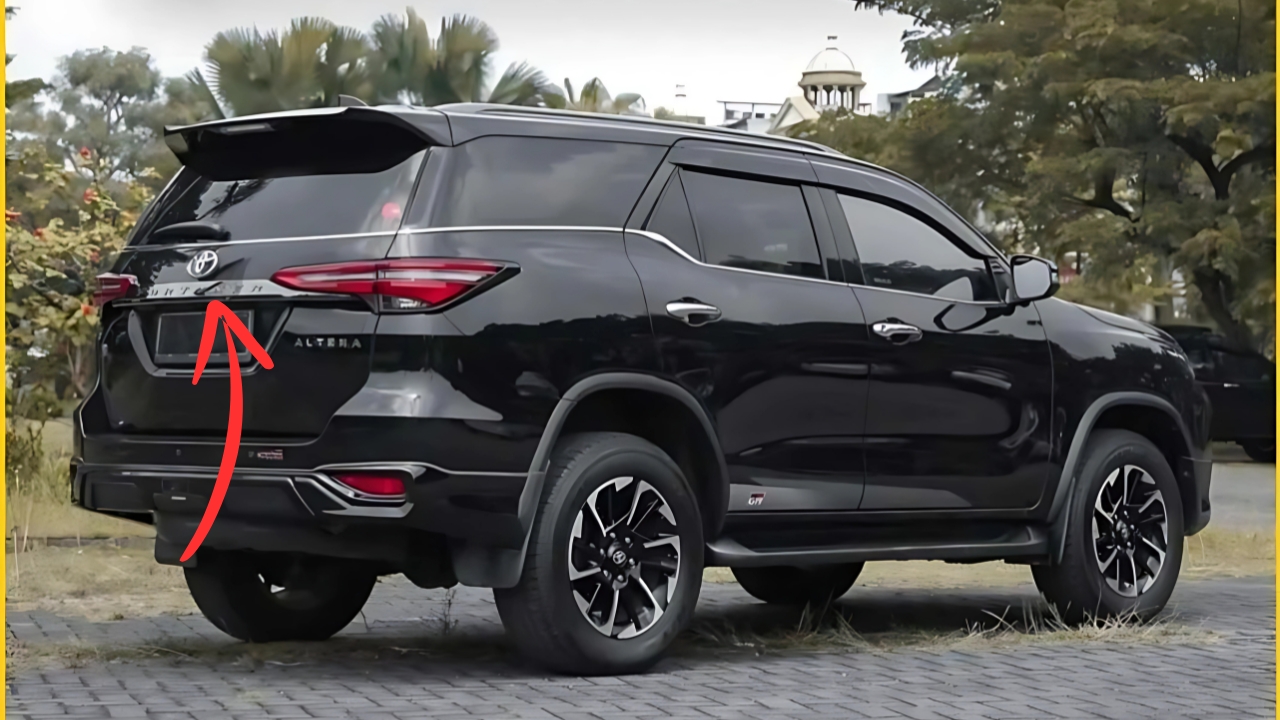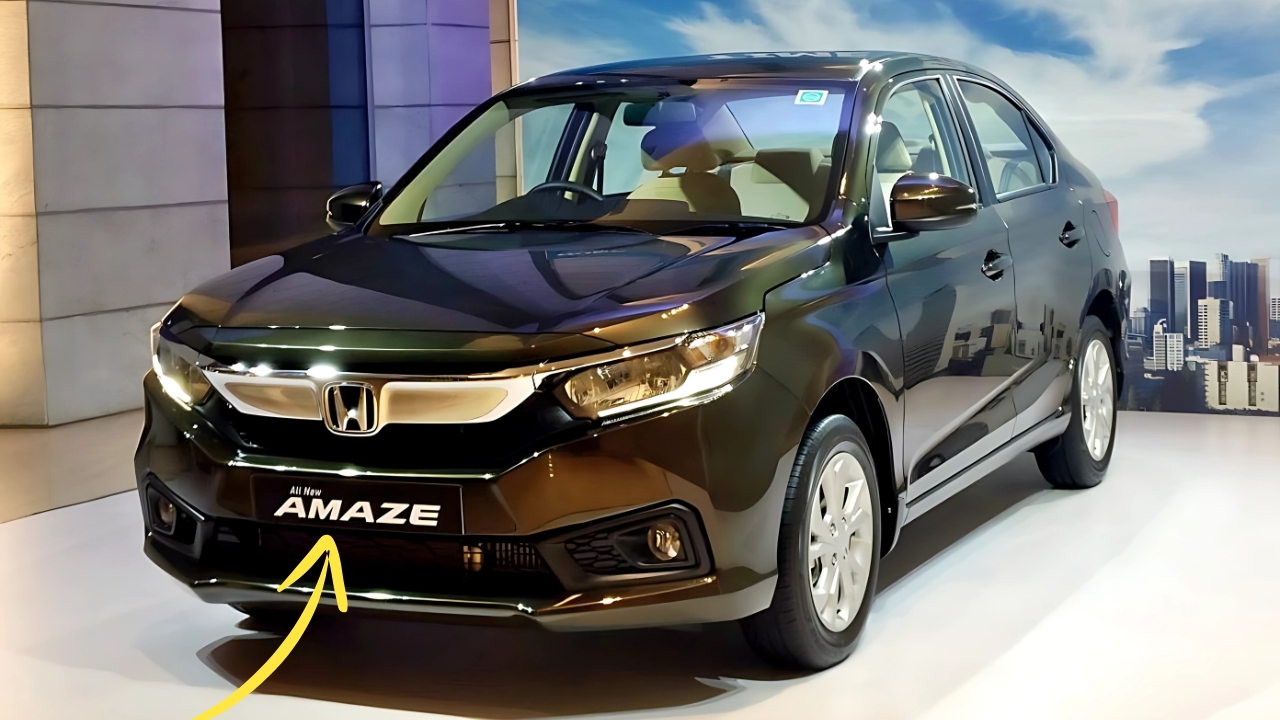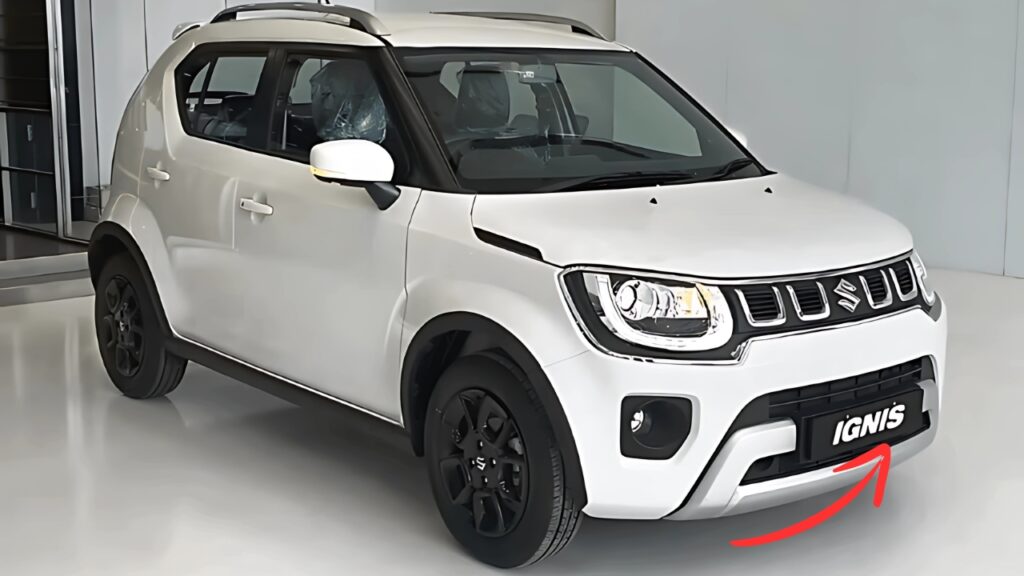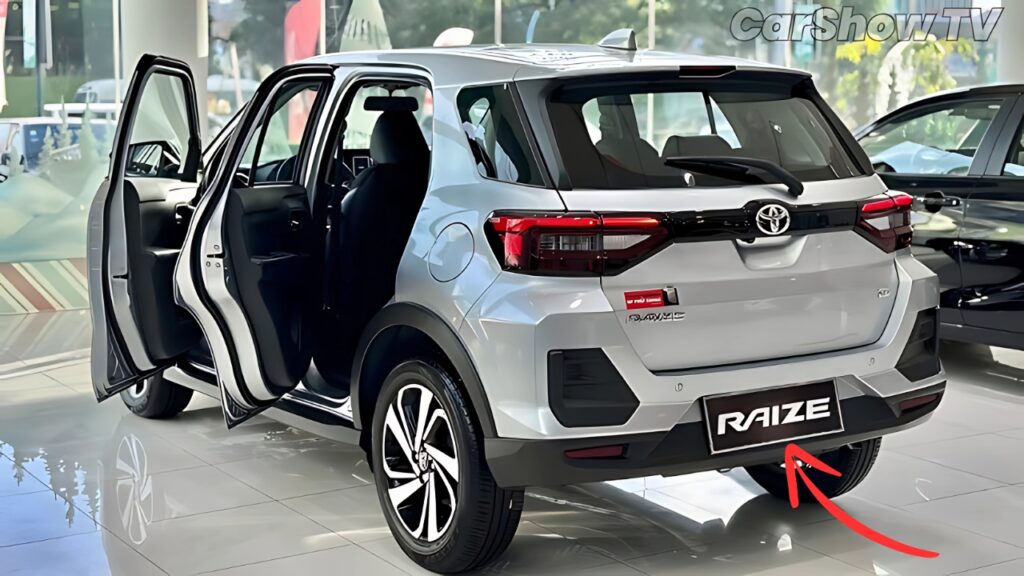Maruti Ritz: The Maruti Ritz emerged as one of the more distinctive offerings in India’s compact hatchback segment during its production run, challenging conventional design norms with its unique tall-boy architecture and European-influenced styling.
Originally developed as the Suzuki Splash for global markets, the Ritz brought refreshing character to Maruti’s lineup while maintaining the brand’s core values of reliability, efficiency, and value-focused ownership experience.
Design Philosophy: Function Leading Form
The Ritz immediately stood apart through its unconventional proportions and design approach.
The tall, upright profile prioritized interior volume over sleek aesthetics – a bold choice in a market segment where low-slung, sporty styling was becoming increasingly prevalent.
The front fascia featured large, expressive headlamps flanking a simple grille design, while the steeply raked A-pillars created a distinctive silhouette.
Most controversial was the rear design, with its abruptly truncated tail and curved glass hatch creating polarizing opinions among consumers.
This unconventional approach created instant recognition in traffic but divided opinion throughout the model’s lifespan.
The high roofline and generous greenhouse delivered excellent visibility – a practical benefit that compensated for any aesthetic divisiveness.
Cabin Experience: Spatial Efficiency
Step inside the Ritz and the benefits of its tall-boy architecture became immediately apparent.
The elevated seating position provided commanding visibility uncommon in compact hatchbacks, while headroom proved abundant even for taller occupants.
The dashboard design favored functionality over flash, with straightforward controls positioned for intuitive operation.
Material quality reflected the price positioning with durable plastics dominating the cabin, though the textured surfaces and two-tone color schemes in higher trims created a more welcoming atmosphere than raw materials might suggest.
Storage solutions proved thoughtful, with numerous compartments distributed throughout the cabin for everyday items.
The rear bench offered reasonable space for two adults, though three would find themselves in close quarters – an inevitable limitation of the vehicle’s compact external footprint despite its clever packaging.
The boot capacity, while not class-leading, proved adequate for typical urban usage scenarios.
Performance Credentials
The Ritz offered two engine options throughout its lifespan: a 1.2-liter K-series petrol producing approximately 85 horsepower, and a 1.3-liter multijet diesel delivering around 75 horsepower with significantly higher torque output.
Transmission choices included a precise 5-speed manual and a dated but functional 4-speed automatic limited to petrol variants.
The petrol engine delivered eager response and reasonable refinement, proving well-suited to urban environments where its free-revving nature and smooth power delivery shone.
The diesel, while exhibiting characteristic turbo lag below 1800 rpm, rewarded patient driving with excellent mid-range punch and exceptional fuel efficiency approaching 25 km/l in favorable conditions.
The Ritz’s tall profile might have suggested compromised handling, but Suzuki’s chassis tuning delivered surprising composure during cornering.
The elevated center of gravity inevitably introduced some body roll during aggressive direction changes, but the responsive steering and predictable roadholding inspired confidence within the vehicle’s intended usage parameters.
Technology Integration
The Ritz reflected its era with a functional rather than feature-laden approach to technology.
Higher trims offered an integrated audio system with USB connectivity, steering-mounted controls, power windows, and central locking – modest by current standards but competitive during the model’s production run.
Safety features included driver and passenger airbags and ABS with EBD in top variants, though these weren’t standardized across the range as they would be today.
Pros and Cons
Pros:
-
Exceptional space utilization within compact external dimensions
-
Elevated seating position provided commanding visibility
-
K-series petrol engine delivered smooth, reliable performance
-
Diesel variant offered outstanding fuel efficiency
-
European-influenced design stood apart from conventional hatchbacks
-
Tight turning radius and manageable dimensions suited urban environments
-
Maruti’s extensive service network ensured low maintenance costs
Cons:
-
Polarizing exterior design, particularly the truncated rear
-
Plastic quality appeared functional rather than premium
-
Limited feature set compared to contemporaries like the i20
-
Diesel exhibited noticeable turbo lag at lower revs
-
Road and wind noise more prevalent at highway speeds
-
Automatic transmission option lacked sophistication
-
Ride quality could feel busy over broken surfaces
Maruti Ritz: Market Legacy
The Ritz occupied an interesting niche in Maruti’s portfolio, positioned between the utilitarian Alto/Wagon R and the more premium Swift.
While never achieving the sales volumes of its siblings, it developed a loyal following among buyers who prioritized practical packaging and visibility over conventional styling cues.
The Ritz demonstrated Maruti’s willingness to experiment with global Suzuki platforms while adapting them to Indian market requirements.
Though discontinued in 2017, its influence lives on in the continued popularity of tall-boy designs in India’s compact segments – a testament to the model’s foresight in prioritizing functionality over conventional design norms.

